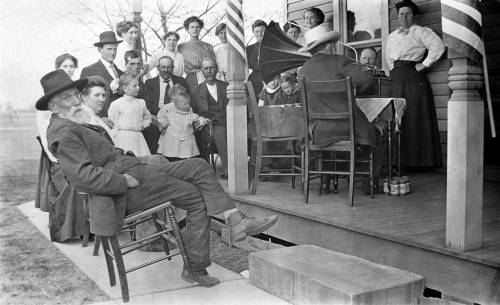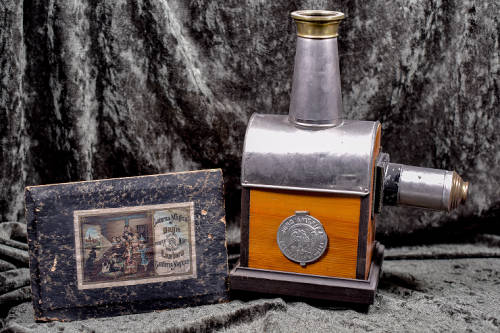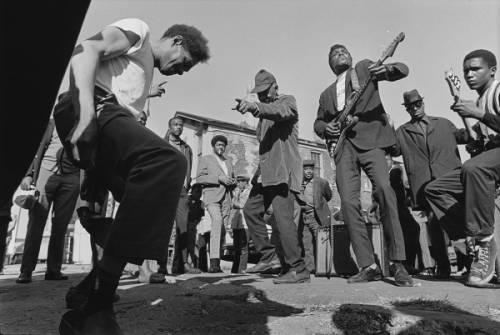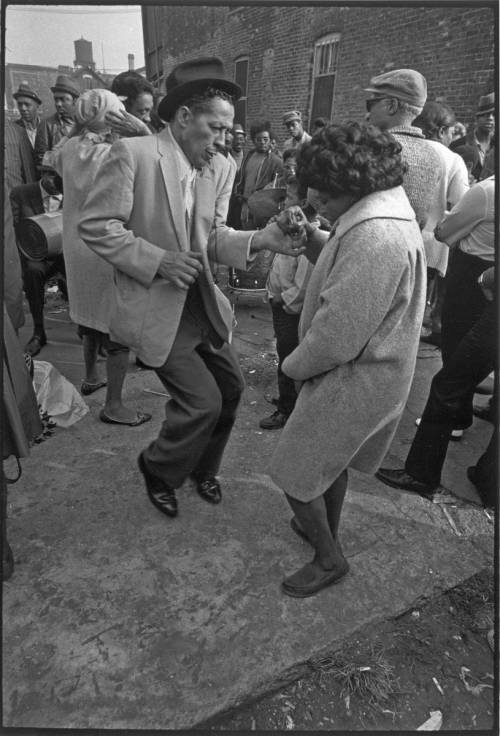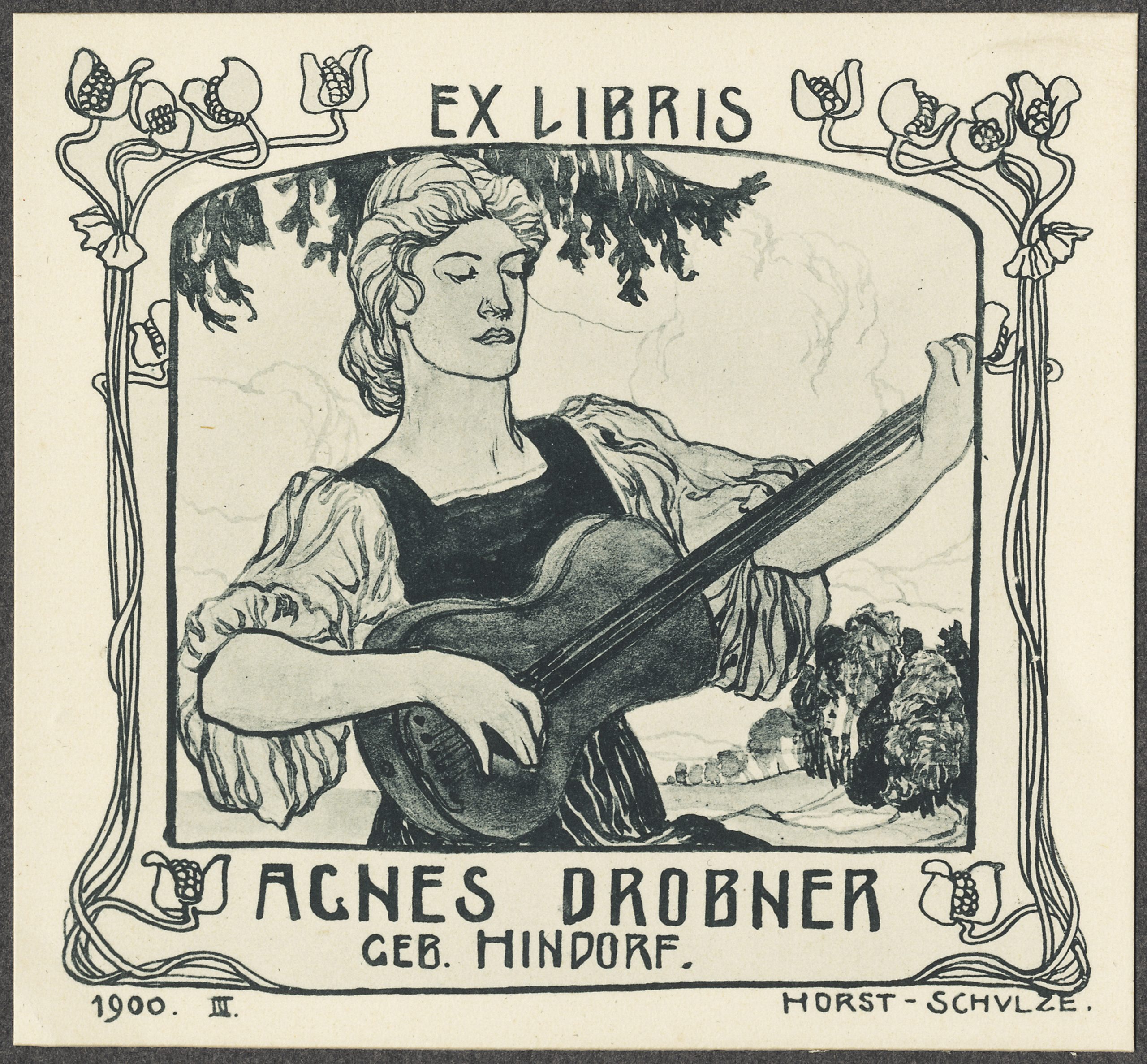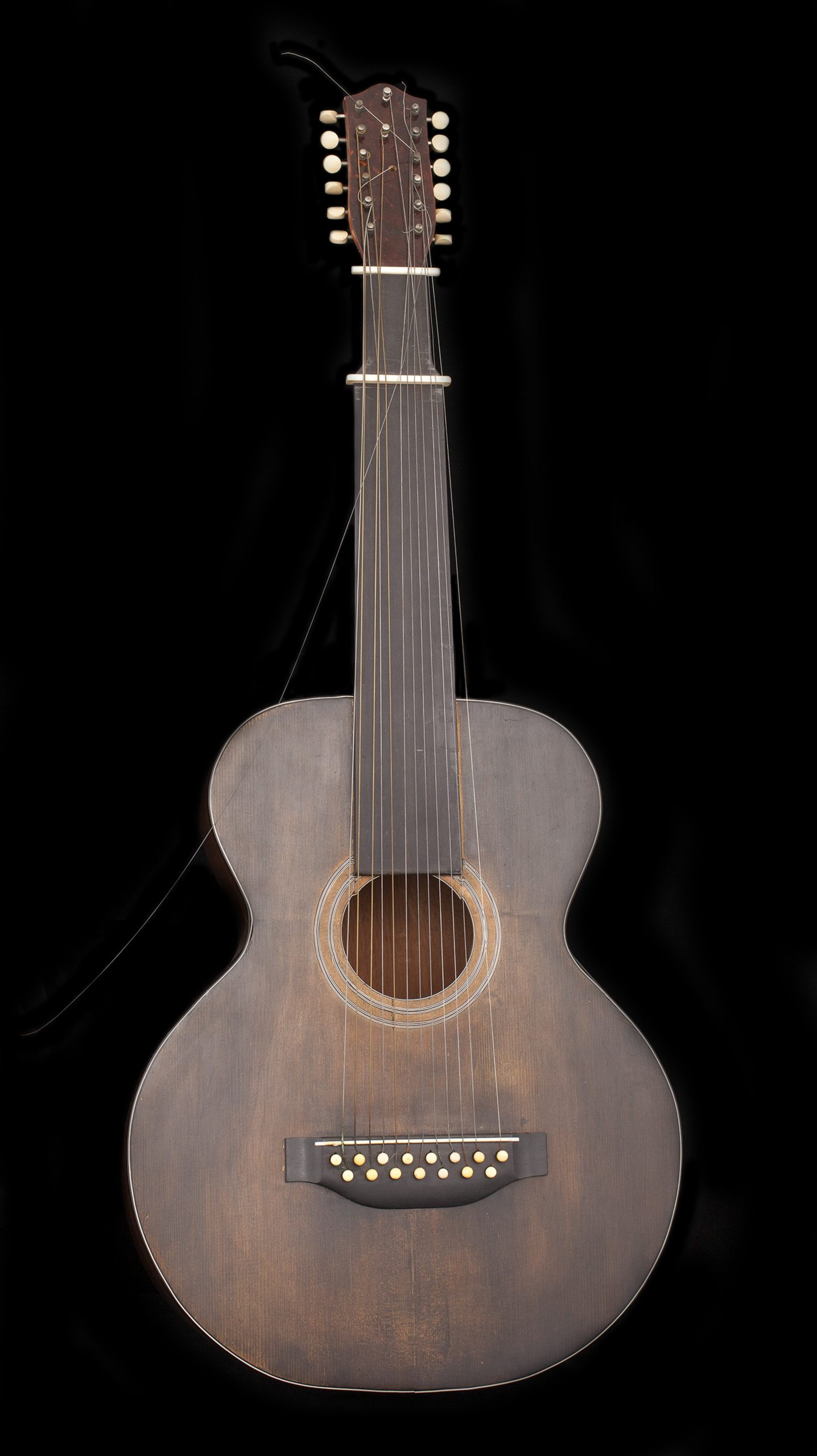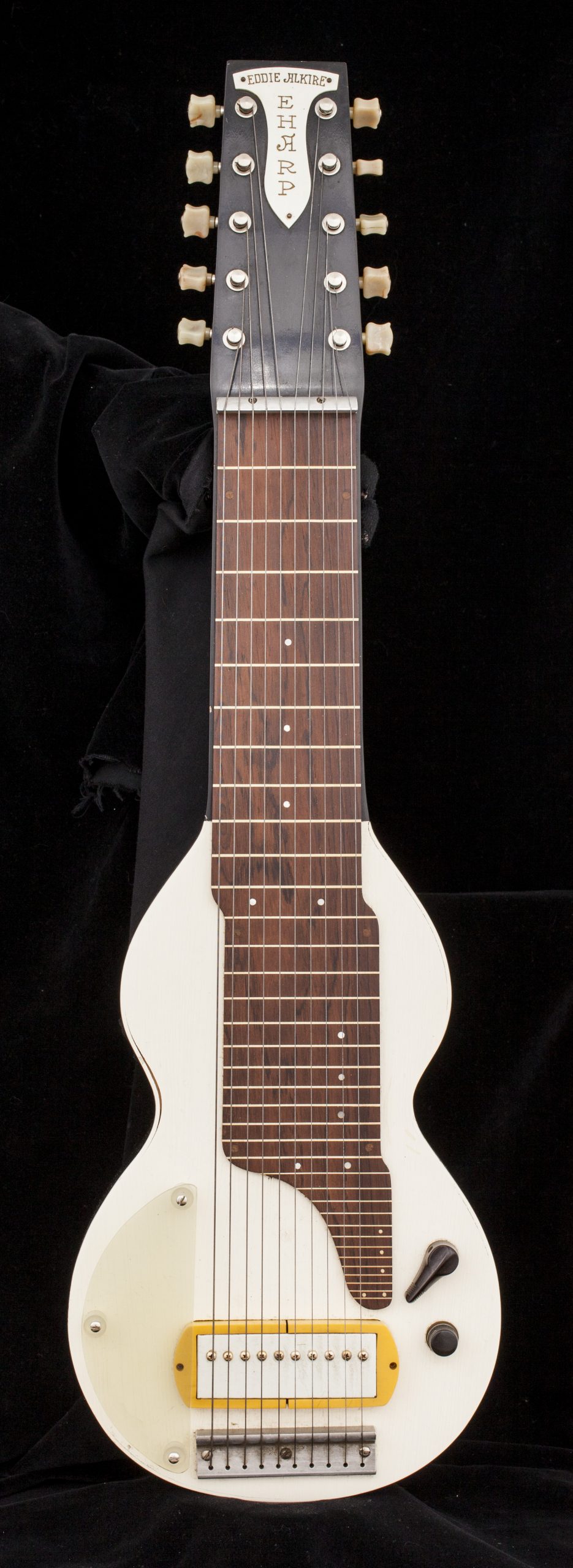From grand to upright to electronic, the piano has undergone a number of reinventions over the past three hundred years as musical tastes and needs have changed. With the start of National Piano Month on September 1, the IDHH would like to explore the history and influence of this versatile instrument on the wide world of music. Most sources point to the Italian instrument maker Bartolomeo Cristofori di Francesco as the inventor of the early piano. While the exact timeline of Cristofori’s work is murky, he undeniably had mastered the elements of modern piano action and created a piano (the fortepiano) by the early 1700s. While older keyboard instruments such as the clavichord and the harpsichord allowed for either dynamic control over individual notes or access to a loud, resonant sound, Cristofori’s fortepiano was revolutionary because it enabled players’ greater command of the instrument’s expressive tone and volume.
Over the next three centuries, variations in piano shape and design would multiply as renowned composers such as Wolfgang Amadeus Mozart and Frédéric Chopin wrote pieces specifically for the instrument, bringing greater attention and demand for the piano. By the 1860s, the upright piano had become a more practical and accessible musical option for use in private homes, as groups could now listen to simplified piano arrangements of popular music and enjoy an evening of tuneful entertainment together. Further innovations to piano design and construction were developed in the 20th century with the advent of electric and digital instruments, applying the technological advances of the era to the art of music making. Illinois has had its own role in the history of the piano, from William Wallace Kimball’s successful Kimball Piano Company in Chicago, to the numerous talented pianists such as Lillian (Lil) Hardin Armstrong who made Illinois their artistic home and contributed to the vibrant musical culture of the state.
Below are a few of our favorite items featuring the versatility of the piano:
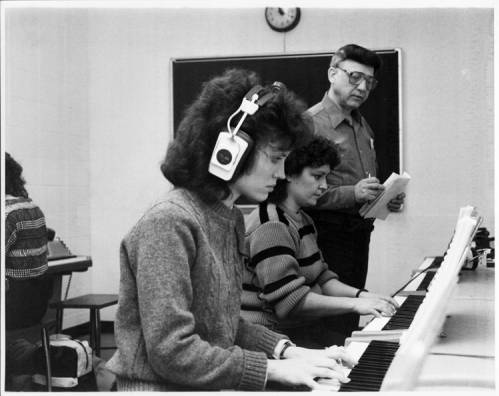
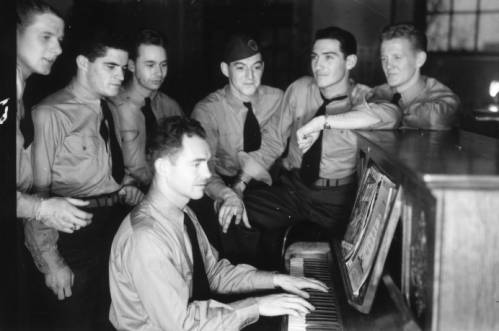
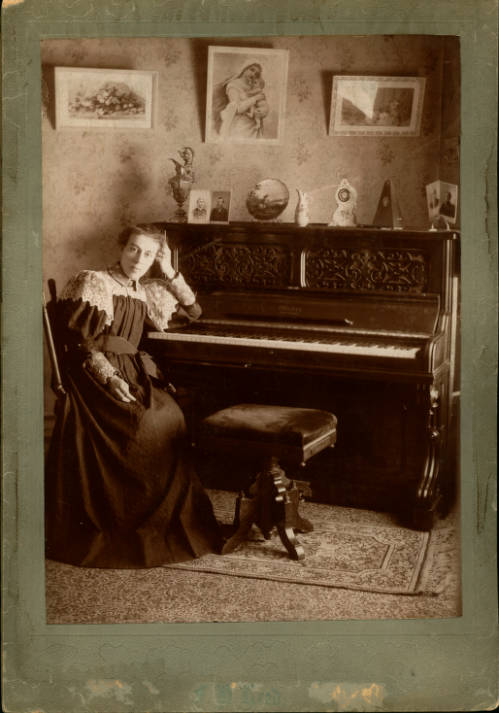
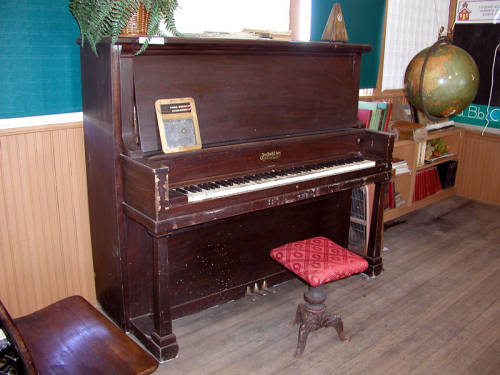
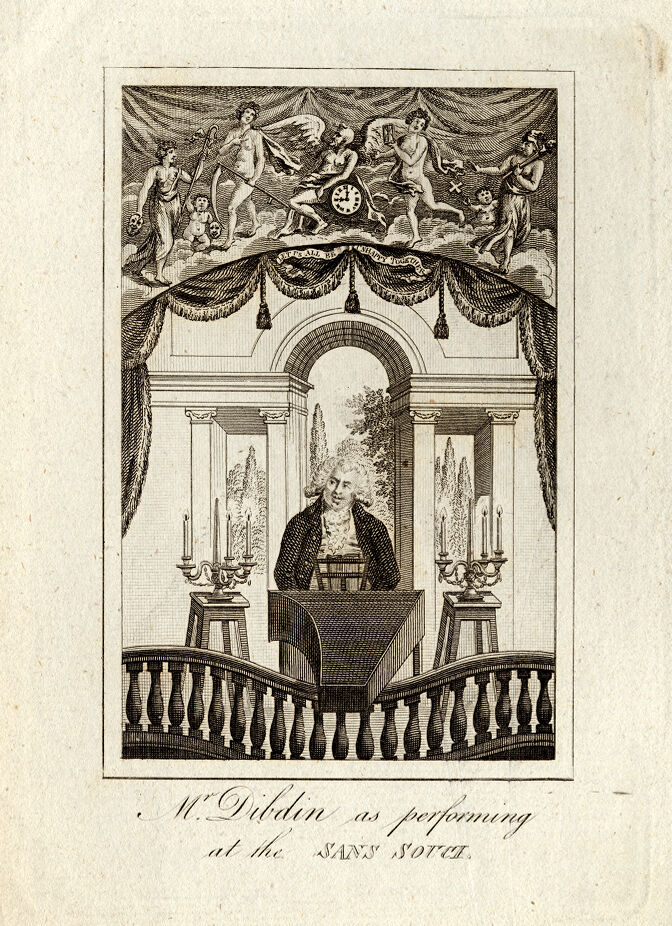
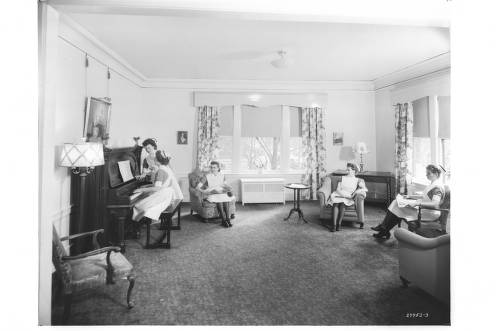
Green Street, Folder 59, Sheet 6. [n.d.] Photographed by Burke and Dean. University of Illinois Chicago. Chicago – Photographic Images of Change. Courtesy of the University of Illinois Chicago.
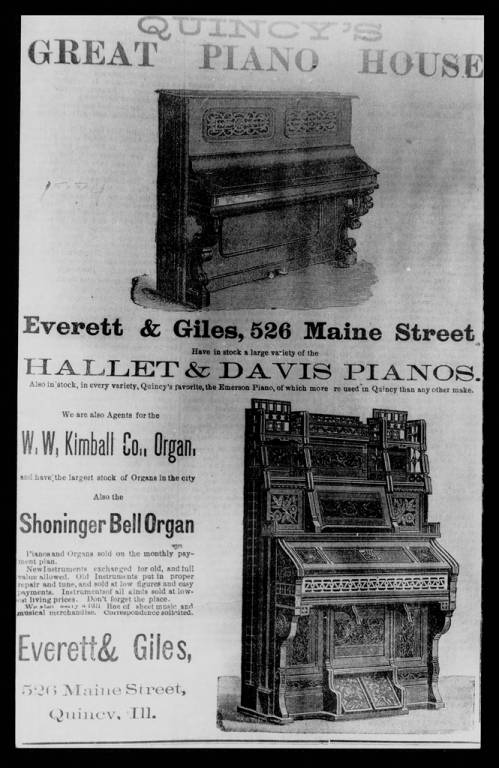
Want to see more?
Visit the IDHH to view even more items related to pianos.

